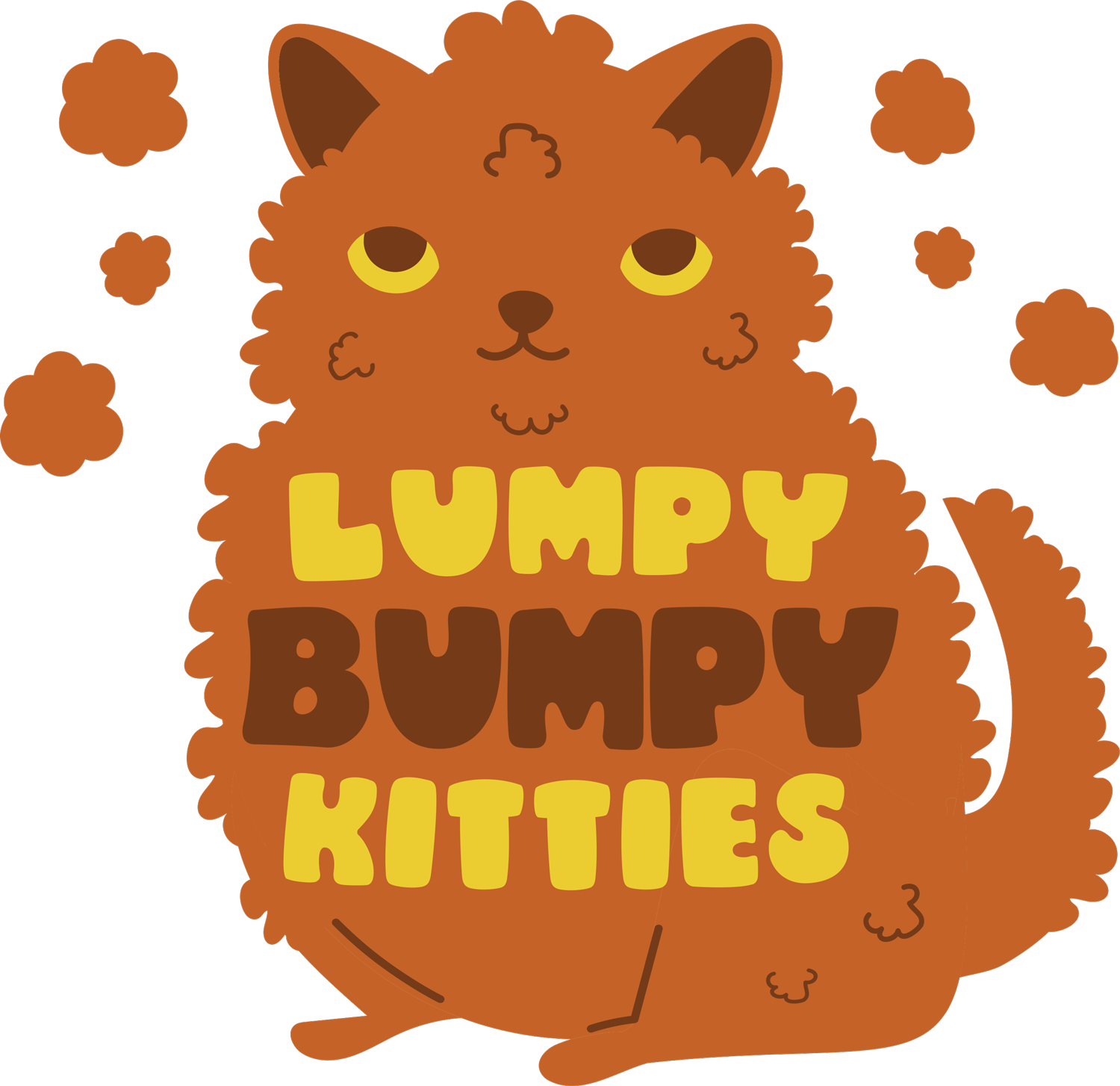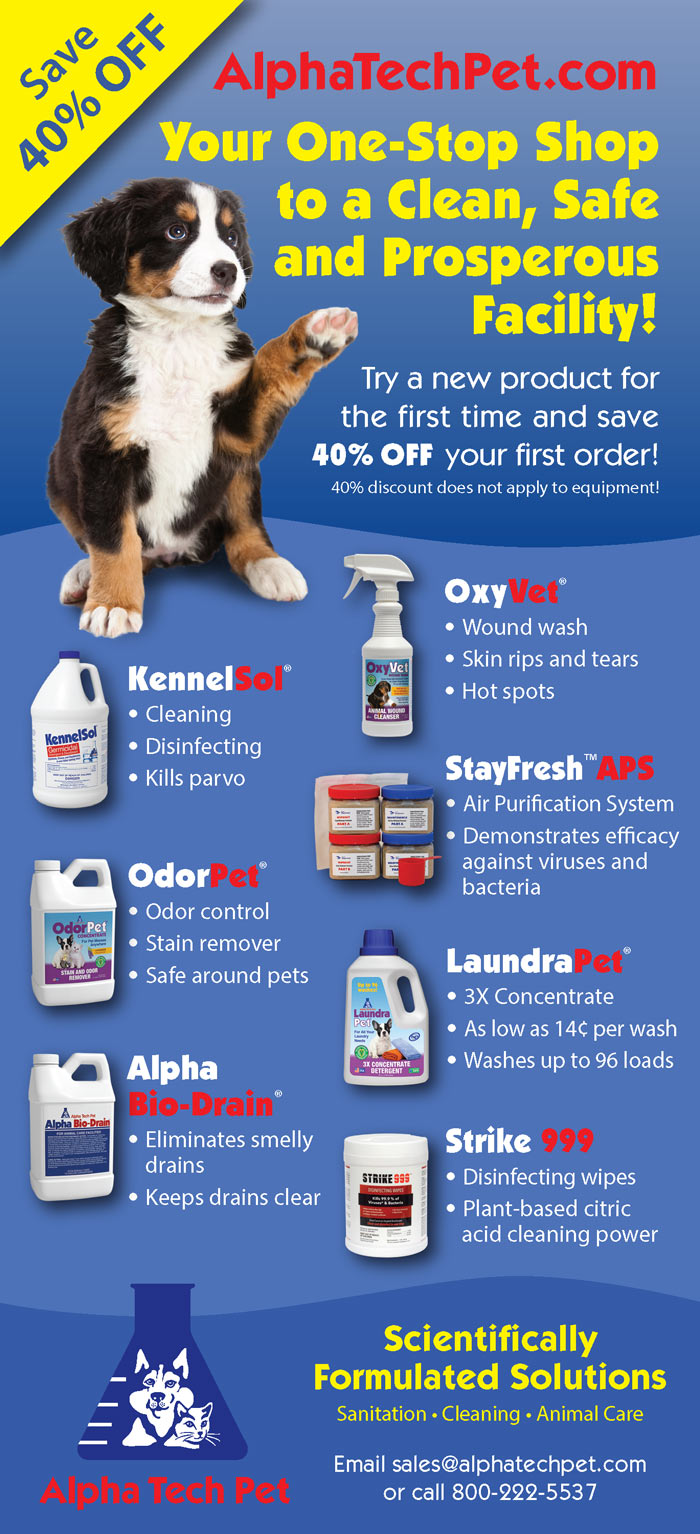

 et again, you have pulled another cat out of their carrier for boarding and it is covered in hard, lumpy mats. How does this keep happening?
et again, you have pulled another cat out of their carrier for boarding and it is covered in hard, lumpy mats. How does this keep happening?
The biggest frustration is knowing the cat was just at the veterinarian for a boarding wellness check, yet still has significant matting. While some veterinarians will take the time to remove the matting or require the owner to leave the cat for grooming, many do not. Some will also take the owner’s word that they will seek grooming for the cat and others—for a variety of reasons—simply do not see matting as a medical issue.
Matting occurs when the dead coat that has been released by the hair follicle is trapped in the living coat due to a binding agent. Basically, when the coat sheds, it does not fall to the floor, instead it stays on the cat for a number of reasons. Pelting is when the matting covers the majority of the cat. Usually a pelted cat has matting from the skin to at least half way up the hair shaft. It is not unusual for a pelted cat to have some non-matted coat at the top where the owner pets them. This is why owners will often argue that their cat is not matted because they are not feeling deep enough into the coat.
Hair follicles on mammals go through different stages. First is the growth stage where you can observe the hair growing, followed by the resting stage as it prepares for the final stage of being released, also known as shedding. Some also consider an additional transitional stage when referring to hair growth. The problem for many cats begins when the hair leaves the follicle.
Matting can become a serious issue. At first, there are small mats, usually on the hips, and the cat will do its best to try to remove these mats. Felines with this kind of matting are uncomfortable from lying on these lumps and because oxygen is not getting to the skin. As the matting progresses, cats lose mobility due to the coat on the legs becoming matted into the coat on the body. When this happens, the cat can feel the hair being pulled when they walk or jump. Matting becomes fatal when it progresses to the point where the cat physically cannot get up or walk to their food and water, or when matting expands over their anus making defecation impossible.

So, as a boarding business, what are the options? My concern is always for the health and comfort of the feline. I often fear if I turn these cats away, the owner will not take them somewhere else for help which will prolong the cat’s suffering. I believe it is important you do everything possible to help cats in this situation. If your facility does not offer feline grooming, arranging transportation so that these cats can be groomed during boarding is important for the comfort and mobility of the feline. Getting rid of the mats while in your care will make these cats more comfortable during the coming weeks. Keep in mind though, it is important to notify the owners of grooming before the grooming happens. Nothing will cause more of a social media stir than a family returning home to a “naked” cat!
It is always disheartening when a matted cat arrives for boarding, and it is even more frustrating when they just had a vet check. But, if we can help these owners by getting the cat groomed during boarding, it will make the cat feel more comfortable and decrease the chances of the mats getting worse over time.



